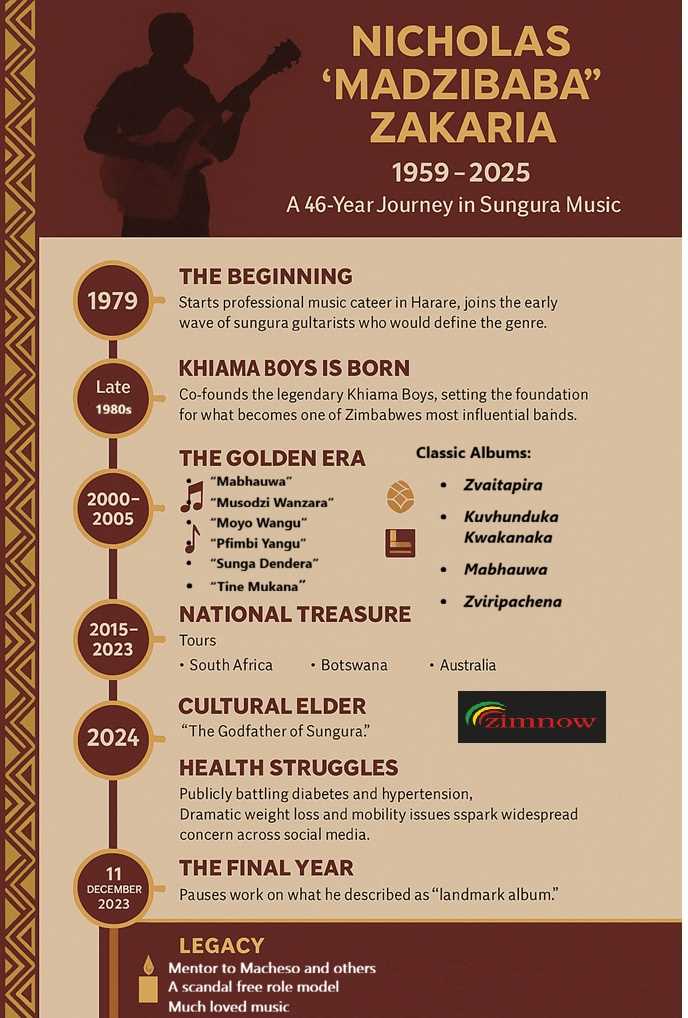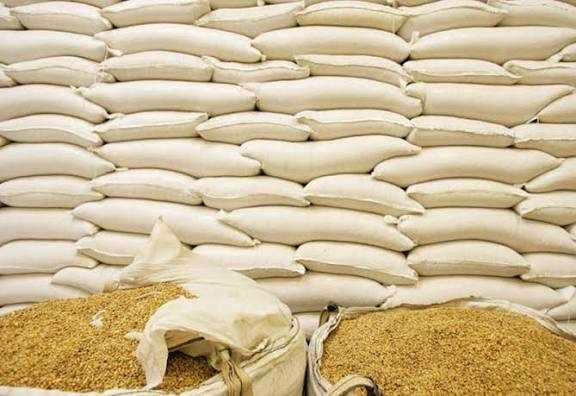
Tavonga Zvinonzwa
Zimbabwe is basking in glory following its achievement of the United Nations Programme on HIV and Aids 95-95-95 global targets.
Further, the country is also reported to have recorded a 78 percent drop in new HIV infections over the past dozen years.
This is according to the recently published 2023 UNAids Global Update Report which attributed the success stories to focused prevention programmes.
Part of the report reads: “Cameroon, Nepal and Zimbabwe have achieved major reductions in new HIV infections due to focused prevention programmes.”
However, it seems scant attention is being given to Non-Communicable Diseases such as hypertension, one of the highest causes of deaths in the country, if available data is to be used as a yardstick to gauge the rising incidences, awareness levels, drug compliance among other issues.
It was even worse in the last three years when global attention shifted to almost entirely allot all energies on the Covid-19 pandemic which ravaged the world, Zimbabwe included.
Little, if any, attention was given to NCDs, including high blood pressure.
Dubbed a silent killer, high blood pressure is when pressure in blood vessels is too high.
Statistics from the Zimbabwe Vulnerability Assessment Committee 2023 Urban Livelihoods Assessment Report, projects that about 11.2 percent of household members had a chronic condition and the highest proportion was in Bulawayo (14.5 percent).
Of those chronic conditions, hypertension and HIV were the most common.
“The most common chronic conditions were hypertension/high blood pressure (3.3%) and HIV infections, Aids (2.7%),” says the report.
Although current national statistics could not be obtained, information at hand could be a tip of an iceberg as a large number of the population may suffer from the silent killer “silently” because they may not display any symptoms.
A few years ago, the World Health Organisation reported that about 39 percent of Zimbabweans may be suffering from hypertension.
Medical and Dental Private Practitioners Association president, Dr Johannes Marisa said there was need to impart more knowledge about on NCDs to the general population.
“Africa in general has a lot of hypertensive patients with about 30 percent of those between 25 and 79 being affected.
Related Stories
“We still need to disseminate as much information as possible to the populace, including health education on lifestyle, drug compliance and health seeking behaviours,” said Dr Marisa.
Aggravators or risk factors for hypertension, Dr Marisa said, are stress, obesity, smoking, salty diet, fat intake among others.
He added that hypertension complications include stroke, renal failure, heart failure, blindness, heart attack and death.
Stroke survivor
A stroke is a serious life-threatening condition that happens when flow of blood to the brain is interrupted.
But for Elias Magaya, 48, of Zengeza 1, Chitungwiza, it only dawned on him that he is hypertensive after suffering a hemorrhagic stroke three years ago.
“I did not know that I am hypertensive until I suffered hemorrhagic stroke in 2020.
“On the fateful day, I was walking on my way from work as usual when I fell down and become unconscious in central Harare.
“Well-wishers rushed me to hospital, where I was diagnosed with hypertension,” said Magaya.
He said he parts with US$30 to purchase his monthly medication.
This is not afforded by many in this predicament considering the obtaining economic challenges in the country.
As for physiotherapy sessions, Magaya, who now walks with the aid of a crutch, has discontinued them due to financial constraints.
Stroke statistics
Data released by WHO in 2020 shows that stroke deaths in Zimbabwe stood at 5 126 or 4.73% of the total deaths.
The Global Stroke Factsheet published by World Stroke Organisation in 2022 reveals that between 1990 and 2019 there has been a 70% increase in stroke incidence and a 43% increase in deaths due to stroke.
Globally, the factsheet says, 6.5 million people succumb to stroke annually.



















Recent Comments
Franklin Virtue
Hello zimbabwenow.co.zw administrator, You always provide clear explanations and definitions.